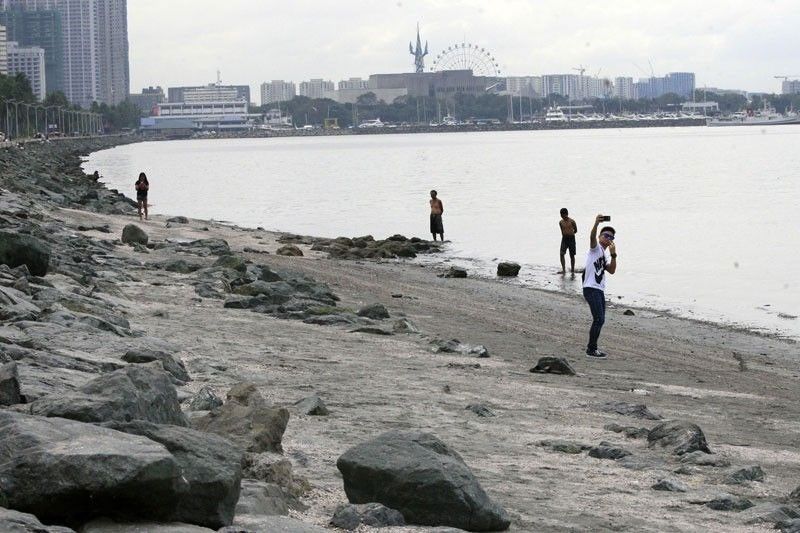10,000 Manila Bay establishments inspected — DENR

MANILA, Philippines — Close to 10,000 commercial establishments around Manila Bay have been inspected since the bay’s rehabilitation program was launched a year ago, according to the Department of Environment and Natural Resources (DENR).
The Environmental Management Bureau said of the 9,708 commercial establishments, 2,478 were issued notices of violations and 107 were slapped with cease and desist orders.
Environment Secretary Roy Cimatu, who chairs the Manila Bay Task Force, said much has been achieved since the cleanup started last year, but more still needs to be done to make it fit again for swimming and other forms of recreation.
“Our efforts to restore Manila Bay are in full swing. We hope to sustain the momentum of restoring it to its former glory in the coming years,” Cimatu said.
The rehabilitation of Manila Bay would remain a top priority of the government until 2022, he said.
According to Cimatu, the rehabilitation program is in the first phase, which is cleanup and water quality monitoring.
He said the next two phases would focus on relocation and education, protection and sustainment.
Since the rehabilitation started in January 2019, around 70,000 volunteers from the National Capital Region, Central Luzon and Calabarzon have collected over 2.3 million kilos of waste through cleanups, trash boats and garbage traps.
A total of 70 stations were monitored in the Manila Bay region: 31 bathing beaches, 18 river mouths, 16 drainage outfalls and five rivers.
The task force has identified 44,125 informal settler families living around the bay. While relocation will still be carried out in the second phase of the rehabilitation program, 51 families living along Estero de San Antonio de Abad have been relocated to Tala, Caloocan City.
To improve the ecosystem in the area, the DENR led the planting of fruit-bearing tree seedlings and mangrove propagules around Manila Bay.
Cimatu said the interventions they made related to the information and education campaign would further increase as the rehabilitation progresses.
“We hope that communities would imbibe the knowledge that was handed to them in ensuring the cleanliness in areas they live in,” he said.
- Latest
- Trending




























